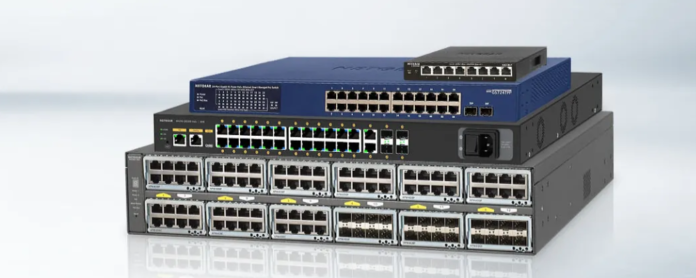In the era of speed, where every organization is embracing technology, they are faced with the major issue of maintaining network’s stability in high-traffic conditions. With the advent of interconnected systems, challenges such as network congestion and user downtime also increase the possibility of reduced productivity as well as unsatisfactory end user performance. The use of load balanced switches provides an efficient recourse to these problems. This article will cover how to make use of network switches in switch load balancing for high traffic network setup, in order to maintain efficiency and quality at all times.
Load Balancing with Switches – What Does it Mean?
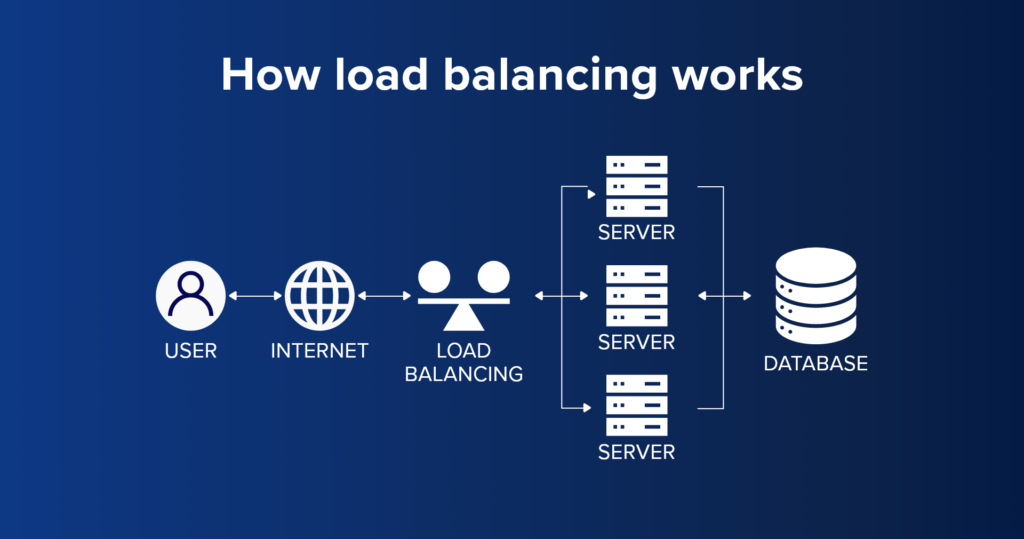
The term load balancing refers to the optimization of a network’s workload by sharing its traffic appropriately among available servers links or devices, in order to avoid over utilization of any particular resource. Switch load balancing utilizes network switches that provide relevant control in order to handle and manage respective traffic in an optimized manner. In simpler words, appropriate configuration coupled with advanced algorithms incorporated in the switches ensures since even a single server or link will not turn out to be network’s bottleneck, the performance of the network is enhanced.
When do you need Load Balancing in a High Traffic Environment?
Within a high-traffic network setting whether it is a data center, an enterprise network or a e-commerce, more data is often generated than a traditional network setting can handle. The following are the reasons why load balancing is used:
Prevents Network Congestion: Traffic is shared thus avoiding any particular section from becoming congested with traffic.
Enhances Performance: Allows data to be moved faster and reduces the amount of delays in data transmission.
Improves Reliability: Incorporates backup so that even if one server or link goes down, there are other(s) to direct traffic.
Scalability: Allows the network to manage the growing traffic without negating its extensibility.
Utilizing Network Switches for Load Balancing
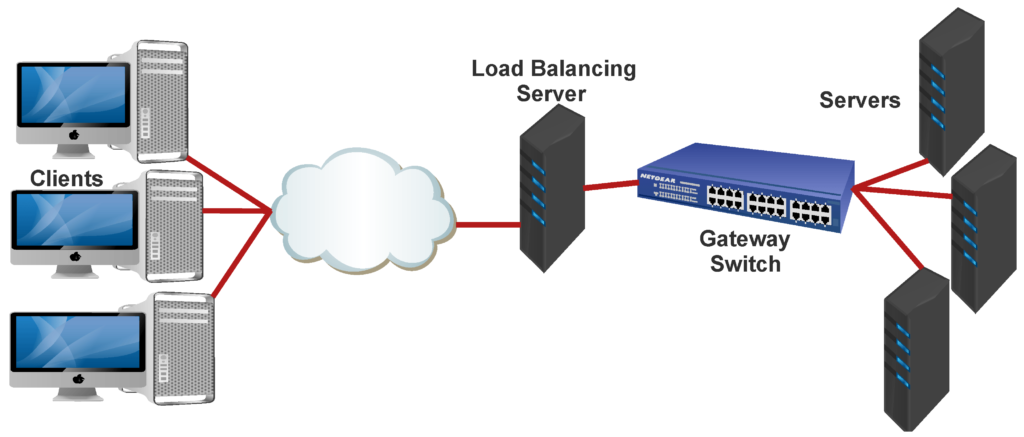
Load balancing with switches is not a cakewalk. It requires careful organization and configuration. For higher network traffic settings, follow the steps given below for switch load balancing:
1. Selecting the Suitable Network Switches:
All types of switches have different purposes. In the case of load balancing, consider the usage of managed switches with the following features:
LACP or Link Aggregation Control Protocol: Merges several network connections into one for bandwidth improvement.
QoS or Quality of Service: High priority packets are processed faster than low priority ones.
Layer 3 Switching: Supports the basic routing functions that are more advanced in handling traffic for high utilization areas.
2. Setting Up and Link Aggregation:
Link aggregation is generally employed for the sake of switch load balancing. It addresses the issues of bandwidth constraint and availability by creating one logical link out of several physical connections. This is the way to go about doing it:
- Turn LACP on the switches in question.
- Cluster physical ports into a LAG (Link Aggregation Group).
- Make sure to enable LACP in all the devices present on the network to help with communication.
3. Enforce ECMP (Equal-Cost Multi-Path) Routing
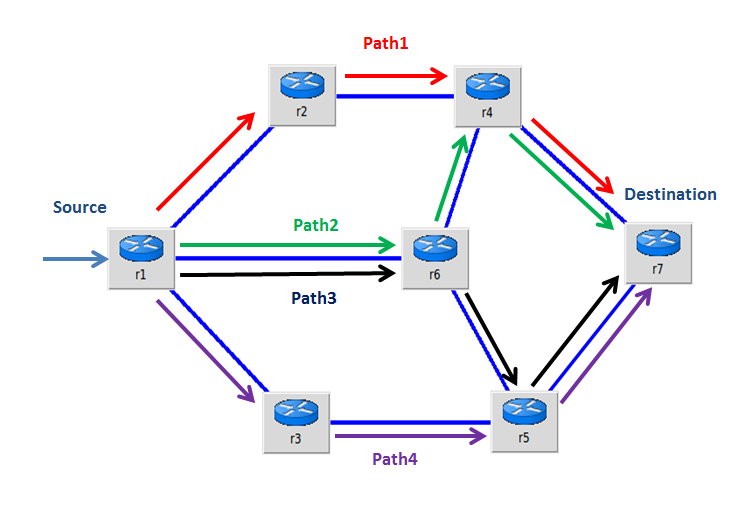
ECMP is a routing protocol that uses several paths with the same cost metric to send data in parallel. This comes in handy with high traffic networks whereby more than one path can be considered. To enable ECMP;
- Turn on ECMP in your layer 3 switches.
- Make sure all the paths involved have an equal value of the cost time.
- Check the traffic flow for good load balance.
4. Deploy Quality of Service (QoS) to organize the traffic better
In such environments with high traffic loads, not all data has to be treated equally. Leverage the QoS policy to set certain precedence to certain traffic , Say VoIP/Video conferencing over some lightly time bound data. Set the QoS parameters on the switches as :
- Allocate different levels of importance to each use to each class of traffic.
- Restrict non essential applications with regard to bandwidth
- Maintain a constant level of performance for key operations.
5. Analyze and enhance the Network’s Performance
You can’t just set load balancing and forget about it; there is always a need to monitor and adjust configurations as necessary. Use the network management components for;
- Observe the movement of traffic and determine if there are any bottlenecks present.
- Change the load balancing accounts when appropriate.
- Ensure that switches are always working at their best.
The Advantages of Load Balancing with Switches
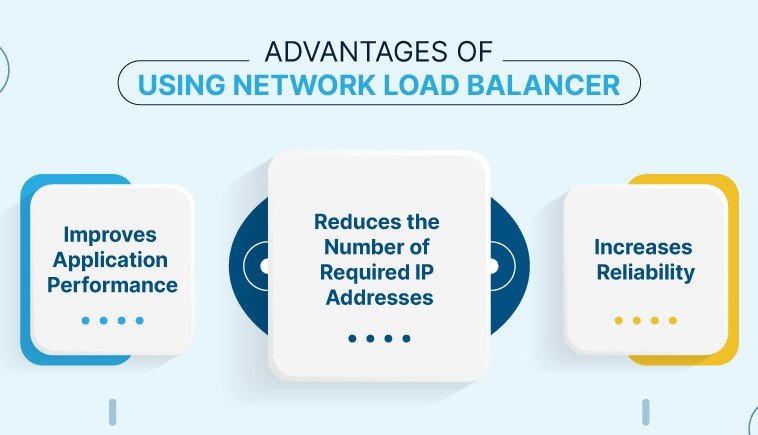
Enhanced Network Performance: The transportation of data is more efficiently organized through the dispersal of requests, thereby escalating the speed.
Better User Experience: End-users experience less lag or downtime.
Economically Scalable: Networks are able to extend to accommodate traffic increases without the need to invest in costly hardware upgrades new infrastructure.
Higher Availability: Has a mechanism to provide backups in case of failures.
Best Network Switches in 2024 for Load Balancing
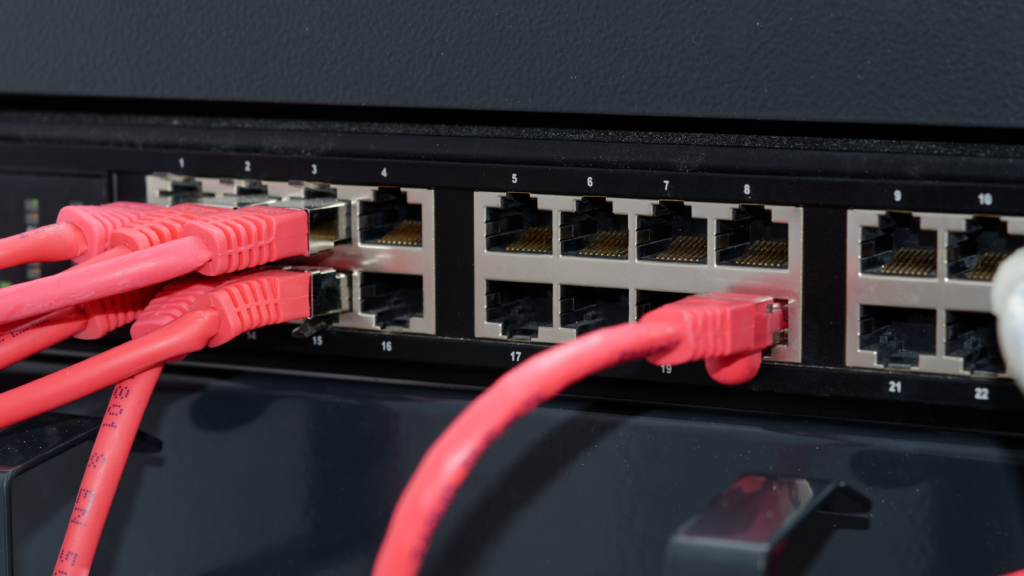
In case you are planning to have some switch load balancing deployed, given below is the list of some of the best switches available:
Cisco Catalyst 9500 Series: Best suited for core routing and switching applications in a campus core with support for high L2 and L3 services.
Juniper Networks EX Series: Addressing enterprise network needs and business expansion due to terminal systems and mobile phones.
Aruba 2930F Series: Relatively cheaper smart switches equipped with essential load-balancing functions.
Netgear ProSAFE GS728TP: Designed with small to mid-sized businesses in mind.
Conclusion
In high-traffic network scenarios, one of the most effective interventions worth considering is the use of load balancing with switches. Network switches efficiently and effectively help in management of demanding conditions by sharing traffic load so as to optimize performance while ensuring there is redundancy. Running a data center? Operating across an enterprise network? E-commerce is built on a distributed network? Whatever it is, switch load balancing is an investment that will yield great dividends for the network in your organization.



